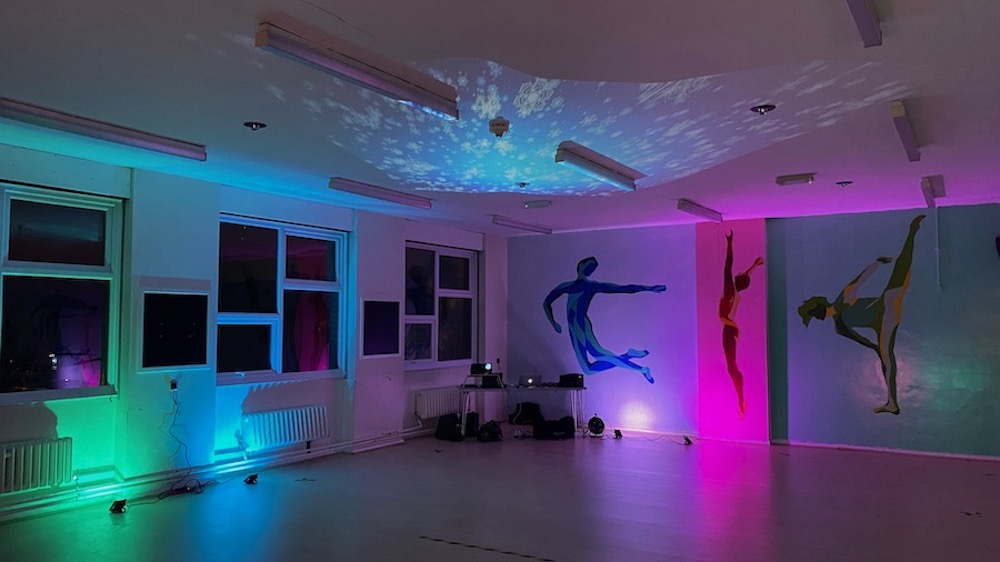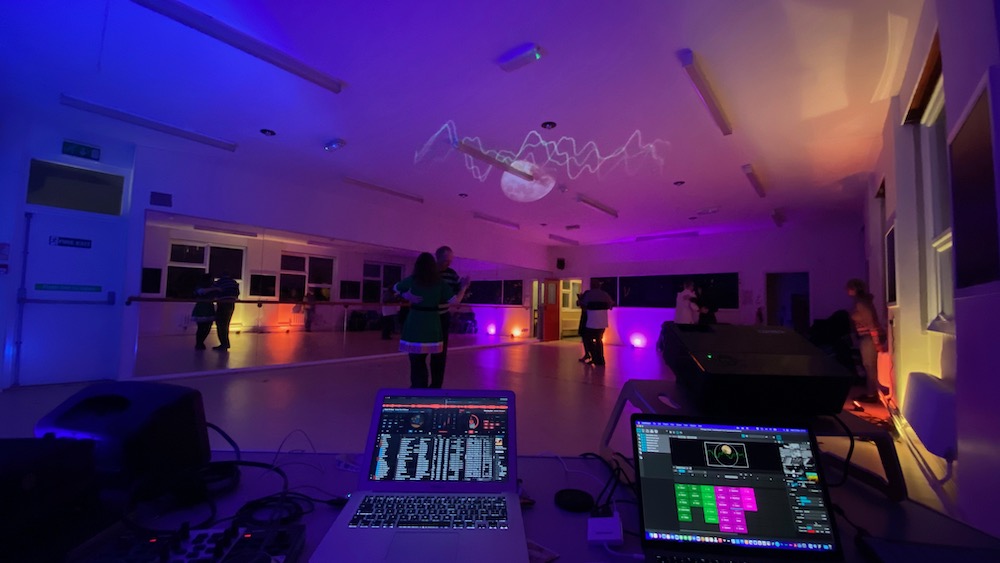
Cabeceo and Mirada
or "How to get a dance"
Unlike most social dances where if you want to dance with someone you walk up to them and ask them for a dance, tango has evolved a tradition of using the cabeceo and mirada instead. Many venues even today still insist on using cabeceo and anyone simply asking someone for a dance will either be automatically refused or in some extreme cases asked to leave the venue.
But what are Cabeceo and Mirada, and what are they for?
The Cabeceo is a signal from a leader to a potential follower that he would like to dance with her at the next tanda. This usually takes the form of a glance across the floor leading to eye contact, followed by a raised eyebrow or a nod of the head. The Mirada is the response from the follower, either tilting her head to accept the dance, or glancing away to refuse. It is claimed that this is a very civilised way of communicating the desire for a dance, and that it can help to reduce incidents of awkwardness if the follower wishes to refuse. These sound as though they would be good in principle, but there are of course problems.
The Problems with Cabeceo
Foremost in the list of problems with cabeceo is that it is assumed that only leaders - men - can ask for dances, and only followers - women - can accept. This may have made sense in 1930s Buenos Aires but in the 21st century we generally expect women to be able to ask men for a dance as well. And that does not even take into account that an increasing number of tango dancers dance both roles.
Then comes the issue of visibility. In early milongas the room would be set up with men at one side, women at the other, and people who had arrived as a couple at one end. This meant that the followers only had to pay attention to the leaders directly opposite them to see if anyone was attempting a cabeceo. In modern milongas however leaders and followers all sit anywhere in the room, so a follower has to pay a lot of attention everywhere to see if a leader is trying to catch her eye. This is hard enough, but as tango is a close dance and wearing glasses when dancing can be uncomfortable, many followers leave their glasses off for the whole event. And then spotting a cabeceo can become very difficult indeed!
Along with visibility comees accuracy. A leader may see a follower across the room and successfully catch her eye, and that follower may nod enthusiastically to agree. But what if the follower standing behind or to the side of the intended follower also sees the cabeceo, assumes it was for her, and responds accordingly? Many is the time that I have seen one leader accidentally cabeceo two or three followers at once, and then have to sort out the ensuing embarassment when they all get up at the same time.
A Tradition Out-grown
Cabeceo and Mirada may have made sense in 1930, but these days they make little sense. No other social dance has anything similar so why is it still in tango? An argument often given is that tango is closer than other dances so needs a more structured way of asking and accepting, but compared to Brazillian Zouk or Bachata that is not true.
Cabeceo has had its time, but now we should move on. If you want to dance with someone - whether you are leader or follower - just go ask them.
Not all tango has to be traditional. Tango codigos which may have made sense in 1930s Buenos Aires are less relevant now and can detract from the dance experience rather than support it.
Copyright © Jivebeat Dance and inVision multimedia ltd 2018-2021 · All Rights Reserved

